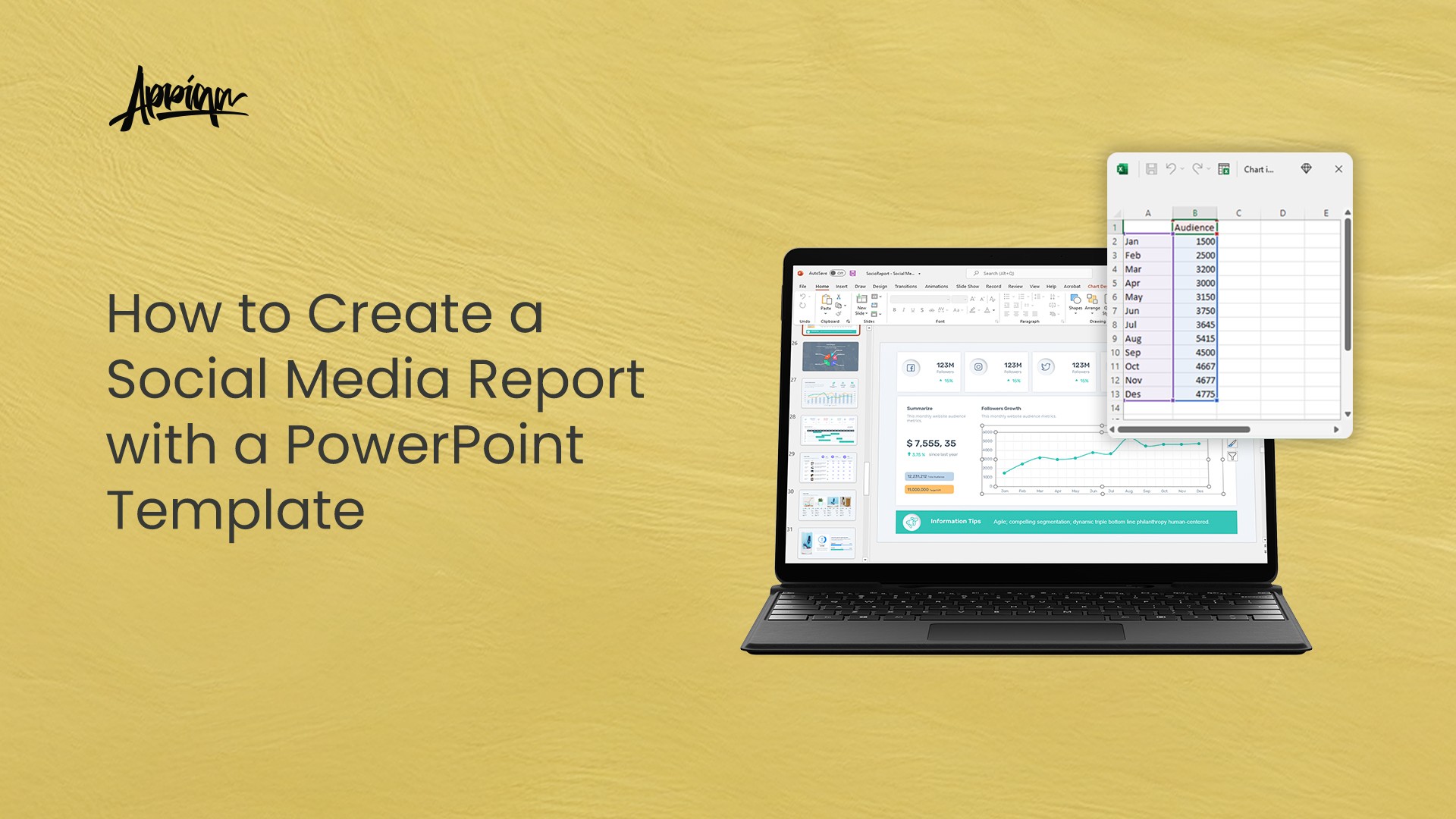Table of Contents
A well-structured social media report can help you analyze performance, identify trends, and make informed decisions. In this article, we will guide you through the process of creating a social media report using a PowerPoint template.
Why Use a PowerPoint Template?
Using a PowerPoint template for your social media report offers several advantages:
- Visual Appeal: PowerPoint allows you to create visually engaging presentations that can capture your audience's attention.
- Ease of Use: Templates provide a structured format, making it easier to organize your data and insights.
- Customization: You can easily customize templates to fit your brand's style and messaging.
- Shareability: PowerPoint presentations can be easily shared with stakeholders, making it simple to communicate your findings.
Step-by-Step Guide to Creating a Social Media Report
Step 1: Define Your Objectives
Before diving into the report, it's essential to define the objectives of your social media efforts. Ask yourself:
- What are the goals of your social media strategy? (e.g., brand awareness, lead generation, customer engagement)
- What key performance indicators (KPIs) will you measure? (e.g., engagement rate, follower growth, website traffic)
Step 2: Gather Data
Collect data from your social media platforms. Most platforms provide analytics tools that can help you track performance. Key metrics to consider include:
- Engagement: Likes, shares, comments, and overall interaction with your posts.
- Reach and Impressions: The number of unique users who saw your content and the total number of times your content was displayed.
- Follower Growth: Changes in your follower count over the reporting period.
- Traffic: The amount of traffic generated to your website from social media channels.
Step 3: Choose a PowerPoint Template
Select a PowerPoint template that suits your brand and the type of report you want to create. There are many free and paid templates available online. Look for one that includes:
- Title slide
- Agenda slide
- Data visualization slides (charts, graphs)
- Summary slide
- Call-to-action slide
Checkout Our Free & Premium template for social media reporting
Step 4: Organize Your Content
Once you have your data and template, start organizing your content. A typical social media report structure includes:
- Title Slide: Include the report title, date, and your name or team name.
- Agenda Slide: Outline the key sections of your report.
- Overview: Provide a brief summary of your social media strategy and objectives.
- Performance Metrics: Present your data using charts and graphs. Highlight key metrics and trends.
- Insights and Analysis: Discuss what the data means. Identify successes, challenges, and areas for improvement.
- Recommendations: Based on your analysis, provide actionable recommendations for future social media strategies.
- Conclusion: Summarize the key takeaways from your report.
- Call to Action: Encourage stakeholders to take specific actions based on your findings.
Step 5: Design Your Slides
Make your report visually appealing by:
- Using consistent fonts and colors that align with your brand.
- Incorporating images and graphics to enhance understanding.
- Keeping text concise and to the point.
- Using bullet points for easy readability.
Step 6: Review and Edit
Before finalizing your report, review it for clarity and accuracy. Check for any typos or errors in your data. It may also be helpful to have a colleague review the presentation for feedback.
Step 7: Present Your Report
Once your report is complete, schedule a meeting to present it to your stakeholders. Be prepared to discuss your findings and answer any questions. Use this opportunity to engage your audience and gather feedback.
Conclusion
Creating a social media report using a PowerPoint template is an effective way to communicate your social media performance and insights. By following the steps outlined in this article, you can create a comprehensive and visually appealing report that will help you and your stakeholders understand the impact of your social media efforts. Remember, the key to a successful report is not just presenting data, but also providing actionable insights that can drive future strategies. Happy reporting!







